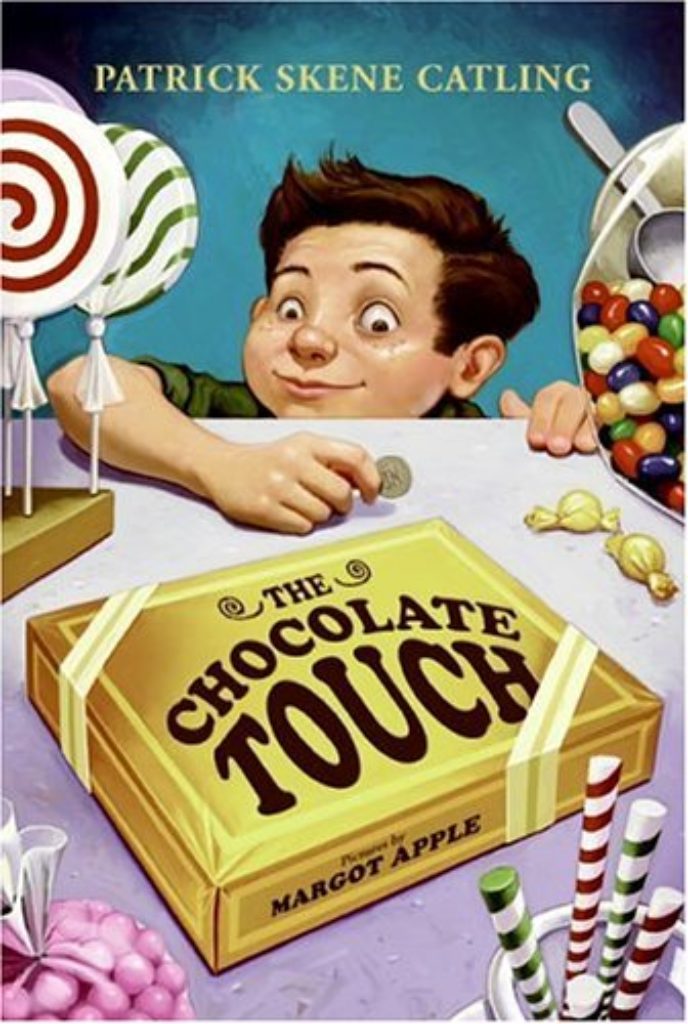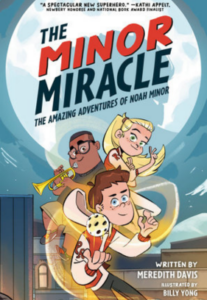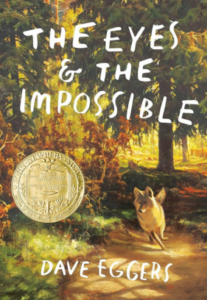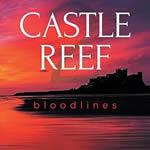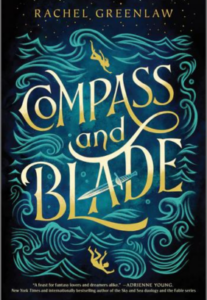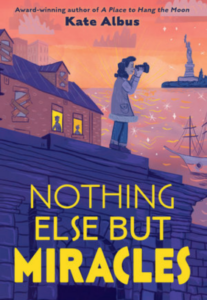John Midas loves chocolate. His parents and his physician, Dr. Cranium, worry since he only wants candy and refuses to eat healthy foods. One day, John finds a coin with his initials on it. Soon afterward, he discovers a candy shop he’s never seen before. The owner invites John in and says he can pick any box of candy he wants. It will only cost him the coin he’s just found. Elated, John picks a box of chocolates and hurries home. That night in his room, John opens the box and finds only one piece of candy inside. It is the most wonderful chocolate he’s ever eaten.
When John brushes his teeth the next morning, he’s surprised to find the toothpaste tastes like the same amazing chocolate from the night before. He eats the rest of the tube. John’s parents are thrilled to see him having a normal breakfast of eggs, bacon and orange juice. They don’t realize everything that touches John’s lips turns to chocolate.
At first, John’s new magic touch seems wonderful. He nibbles on his leather glove, and it turns to chocolate. He even tricks a bully into taking a bite of the leather. The fun begins to fade when John’s friend Susan shows him a shiny coin she got for her birthday. He bites it to see if it’s real, and it turns to chocolate. Susan runs off, telling John she hates him. In class, John becomes thirsty. He can’t take a drink of water without it turning to liquid chocolate. This frustrating discovery distracts him on his test. He begins to chew his pencil, which turns to chocolate in his hands.
John tries, unsuccessfully, to explain everything to Susan. Then he tries to enjoy his lunch, but everything changes in his mouth. His magic is growing, and even the cup and pieces of silverware he uses start turning to chocolate. When John tries to play his trumpet solo in band, his instrument becomes chocolate, too. His mother makes him go to Susan’s birthday party that afternoon. While he and Susan bob for apples, his magic turns the water chocolate, which splashes all over her party dress.
In tears, John explains his chocolate problem to his father. John tries to show his father the shop where he got the magic chocolate, but they only find an empty lot with a for sale sign on it. Mr. Midas takes John to see Dr. Cranium, who only believes the boy’s story after his medicine spoon turns to chocolate in John’s mouth. The doctor says he will call this Cranium’s Disease since he discovered it. But he has no cure. At home, John’s concerned mother cries. He can’t bear to see her tears and kisses her cheek. When he does, his mother becomes a chocolate statue.
John rushes out of the house and back to the corner where he first saw the candy store. It is there, and he pleads with the shopkeeper to restore his mother. The clerk urges him to accept the blame for the greed he’s shown. He says the unselfishness John is demonstrating now by thinking of his mother is a good start. The clerk asks John to choose between his chocolate touch and his mother, and the boy immediately chooses her. The clerk says he will give John another chance. John rushes home. He is thrilled to see his mother back to normal and to drink a glass of cold milk. Later, John looks for the candy store, but it has vanished.



